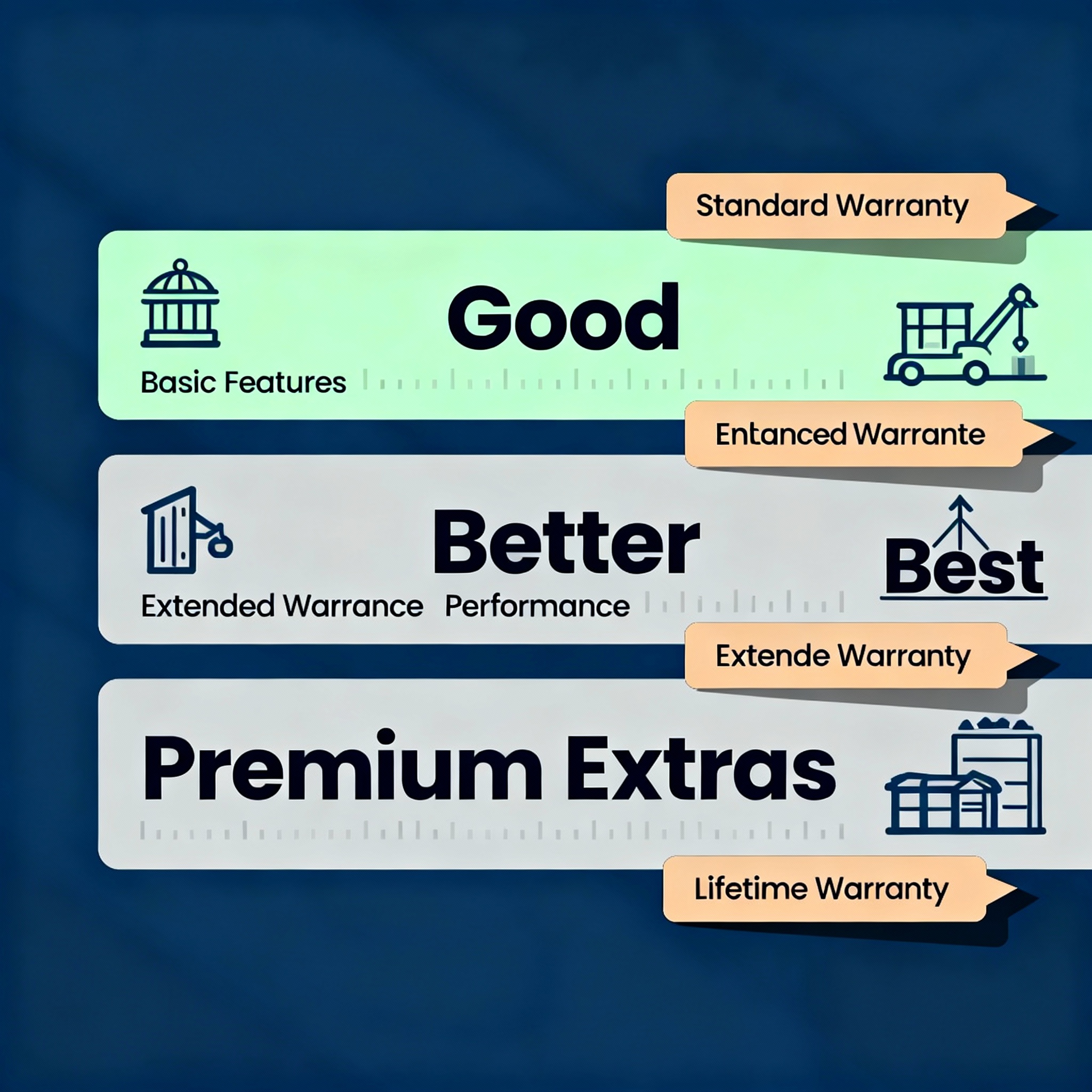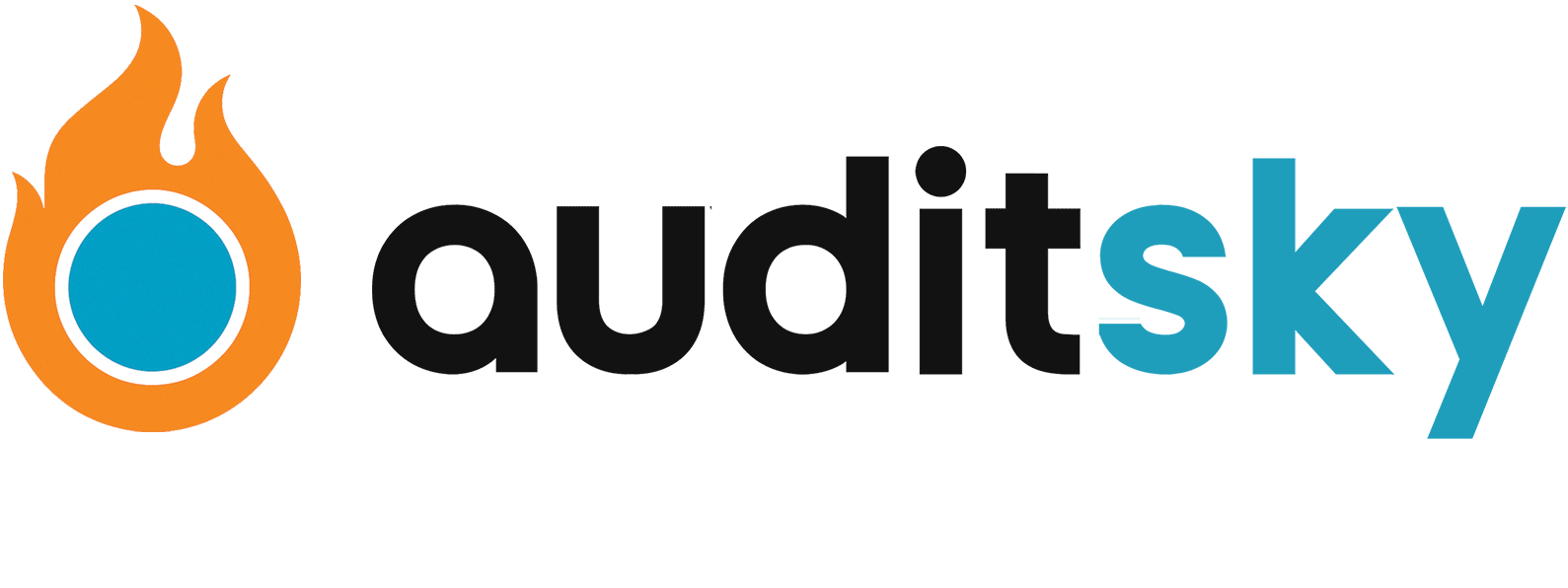Stop losing clients over pricing is more than a headline, it is the single pricing failure I see most when I work with SEO companies, content marketing teams, and digital marketing agencies. Picture this: you close a promising lead, you celebrate, then two weeks later they ghost you because another agency quoted a lower number. Frustrating, and avoidable.

Stop Losing Clients Over Pricing: The Real Reasons
Here are the common reasons agencies lose prospects to price, not value:
- You lead with hourly rates or line-item cost, not outcome and impact.
- Your proposals make price the anchor, so buyers default to price comparison instead of result comparison.
- You allow wide discounting without asking for meaningful concessions or commitments.
- Your packaging confuses buyers, so they pick the cheapest understandable option.
Here is the thing, pricing is not a technicality. It is a conversation about value, risk, and trust. Research and practitioner work shows pricing tactics that shift attention from price to value, and pricing transformations can materially improve margins. See practical frameworks from Harvard Business Review and McKinsey for ideas and evidence.
Practical evidence and frameworks inform the tactics below, but what really moves the needle is how you talk about price with clients.
Quick wins you can implement this week
1) Stop quoting a single number first
- Offer three clearly framed options, with the middle option emphasized. This nudges buyers to choose the option you want them to choose. This is the good, better, best technique, and it pushes the conversation from price alone to which option delivers the outcome you need for the client. For more on why tiering helps, see this Harvard Business Review piece on price fixation.
2) Lead with outcomes and ROI, then show price
- Convert deliverables into business outcomes. Example: instead of "10 blog posts per month for $3,000", say "Drive 30% more organic leads in 6 months, estimated 18 new qualified leads monthly, price $3,000 per month."
- Use a simple client-specific ROI table to show economic value captured.
3) Add fence attributes to protect margins
- Make lower tiers nonrefundable, limit features, or add onboarding time that only higher tiers avoid.
- These fence attributes protect your top tier from being devalued by buyers who only want the lowest price.
Midterm moves that change perception and reduce discount pressure
4) Move toward value based conversations
- Build simple Economic Value to the Customer calculations for your top 5 ideal clients. This helps you price based on impact rather than cost. Rob Markey and other practitioners emphasize measuring customer value as a strategic asset.
5) Create a disciplined discount policy
- No discount without tradeoffs. When you concede on price, ask for a longer contract, a case study, a referral, or earlier payment terms. That makes discounts strategic, not reactive.
6) Use anchoring strategically
- Present a higher-priced case study and results first, then the proposal. Anchoring changes the reference point people use when evaluating price.
Structural changes that protect client relationships and lifetime value
7) Put pricing governance in place
- A simple pricing scorecard with approval rules prevents salespeople from giving away margin to win deals. It also creates predictable pricing for clients which builds trust.
8) Run small price experiments and track impact
- Try a 5 to 10 percent price increase on new proposals for 30 days with matched offers. Track conversion rates and net revenue. Pricing experiments reduce the fear of raising prices and show what the market will bear. McKinsey finds well designed pricing transformations can deliver meaningful margin improvements across businesses.
9) Package guarantees and performance milestones
- Offer staged payments tied to milestones or risk sharing. This converts buyer anxiety about paying more into trust in your delivery. It often lets you command higher prices because risk is shared.
Objections you will hear and how to respond
-
"We can get a cheaper option."
Response: "Cheap often means reactive, and reactive work increases hidden costs long term. Here are examples where the cheaper option cost our clients more in churn and missed growth." -
"Clients always ask for discounts."
Response: "Then make discounts conditional. If we reduce price by X, we need Y in return. That protects your margin and signals value." -
"We are worried we will lose leads if we raise prices."
Response: "Run a small, measured experiment. You might be surprised which clients stay, and those who leave are often lower lifetime value."
Mini case study, real but anonymized
A three-person SEO agency raised its standard monthly retainer from $2,500 to $3,000 after reframing service descriptions around revenue impact and adding a milestone guarantee. They lost one price-shopping prospect, gained two enterprise clients who signed 12 month agreements, and increased revenue per client by 20 percent within 90 days. The moral, pricing clarity filters for better-fit clients.
Resources and recommended reading
-
Marco Bertini and Luc Wathieu, "How to Stop Customers from Fixating on Price", Harvard Business Review.
Read it on HBR -
"Pricing: The next frontier of value creation in private equity", McKinsey on pricing transformations and margin impact.
Read McKinsey's pricing insights -
Rob Markey, "Are You Undervaluing Your Customers?", Harvard Business Review on measuring customer value.
Read Markey on HBR
Action plan you can use today
- Fix the proposal template. Put outcomes, ROI, and the mid-tier first.
- Add one fence attribute to your entry tier.
- Run a 30 day pricing experiment with matched offers and track results.
Conclusion and next step
If you are an SEO, content marketing, or digital marketing agency, pricing is one of the fastest levers you can pull to increase revenue, reduce churn, and attract better clients. Start with the mid-tier strategy, quantify value for two ideal clients, and make discounts conditional. Want help converting your proposals into outcome‑focused offers? Book a short strategy session and I will review one live proposal with you, and suggest three concrete edits that will protect your margin while making the price easier to accept.

